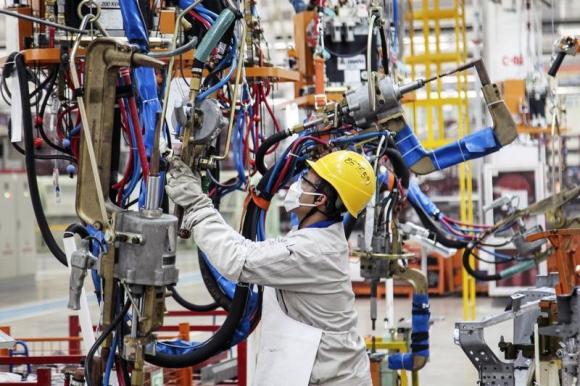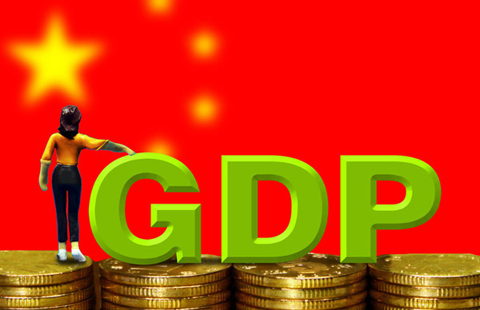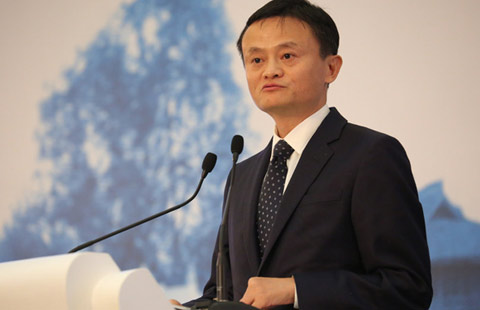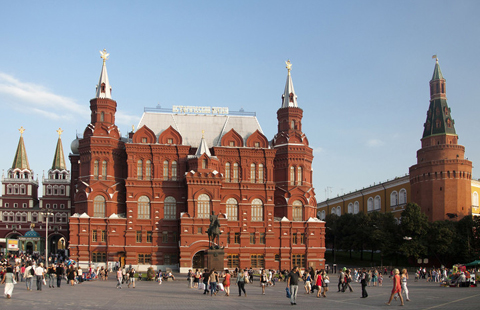China Jan factory growth stalls, deflation pressures build
(Agencies) Updated: 2015-01-23 14:44
|
 |
|
An employee works at the production line of an automobile factory in Dalian, Liaoning province, October 18, 2014. [Photo/Agencies] |
China's manufacturing growth stalled for the second straight month in January and companies had to cut prices at a faster clip to win new business, adding to worries about growing deflationary pressures in the economy, a private survey showed.
The HSBC/Markit Flash Manufacturing Purchasing Managers' Index (PMI) hovered at 49.8 in January, little changed from December's 49.6 and just below the 50-point mark that separates growth from contraction on a monthly basis.
A Reuters poll had forecast a second month of contraction with a reading of 49.6.
Reflecting the tumble in oil prices, which have more than halved in the last six months, a sub-index for input prices sank to 39.9, a level not seen since the global financial crisis.
But companies also had to cut output prices for the sixth straight month to sell their products, and more deeply than in December.
"Today's data suggest that the manufacturing slowdown is still ongoing amidst weak domestic demand," Qu Hongbin, a HSBC economist in Hong Kong said on Friday.
"More monetary and fiscal easing measures will be needed to support growth in the coming months."
Falling prices are a concern for China, which wants to avoid Japan's fate of sinking into a 20-year deflationary funk that has depressed consumption and economic growth.
The survey showed final demand for China's factory goods rose this month, but only modestly as the sub-indices for new orders and new export orders stood close to the 50-point threshold.
Producer prices have fallen for almost three straight years. That helped to drag China's annual consumer inflation to a near five-year low of 1.5 percent in December.
To contain deflationary risks, economists at state think-tanks who are privy to China's policy discussions said authorities are ready to cut interest rates further and pressure banks to step up lending. The central bank unexpectedly cut rates in November for the first time in more than two years.
- Li Ka-shing set to buy UK's O2 for $15b
- RMB internationalization benefits whole world
- China's manufacturing activity rebounds in January
- China's 2014 urban registered unemployment rate at 4.09%
- Ping An buys another London landmark
- Profit warnings proliferate as developers file results
- Fund to foster economic ties with ASEAN
- Ministry vows stricter air quality inspections
















